NASA revises requirements for ISS private astronaut missions
Original Publication Date: 2022-08-02 11:36
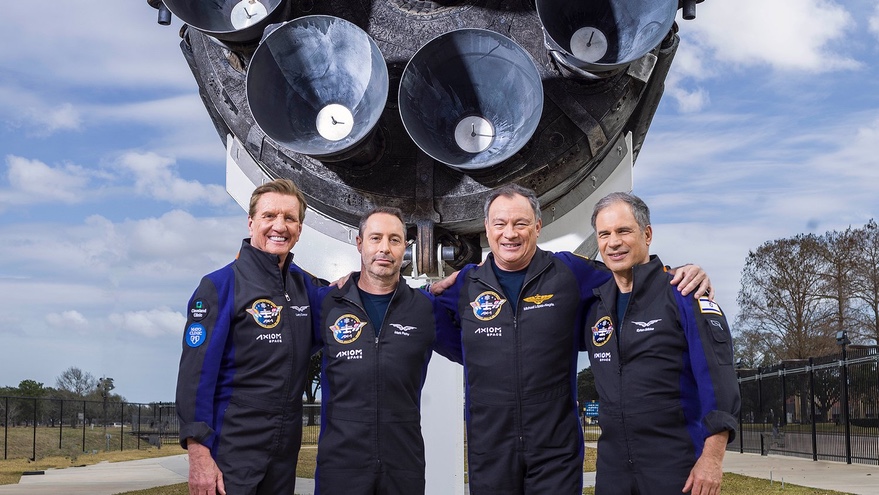
NASA announces changes in requirements for future solicitations for private astronaut missions. One of the biggest changes is a requirement that such missions have “a former flown NASA (U.S.) government astronaut” Axiom Space’s Ax-1 flight in April was led by a former NASA astronaut, Peggy Whitson.
December launch planned for Polaris Dawn
Original Publication Date: 2022-08-01 17:30
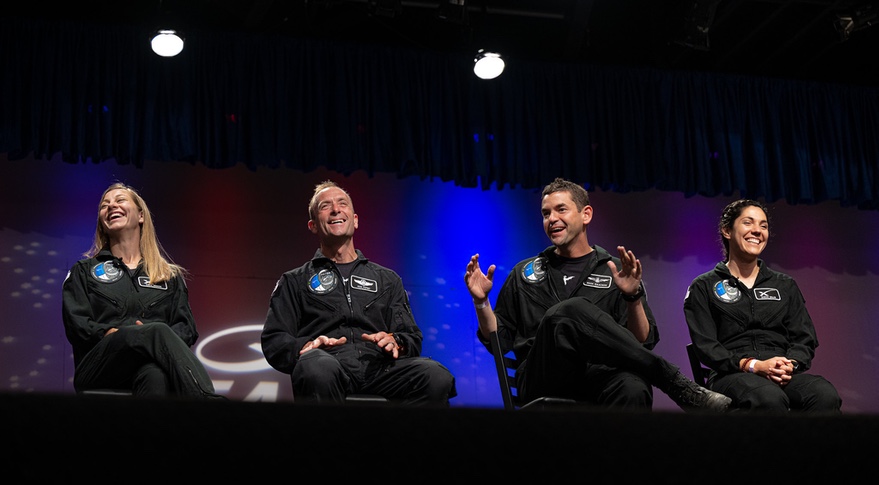
The privately funded Polaris Program is planning its first crewed launch in December. Jared Isaacman, the billionaire who organized the Inspiration4 private astronaut mission, announced the program in February. The first mission, Polaris Dawn, will fly Isaacman and three others on a five-day Crew Dragon mission.
SES closes $450 million acquisition of DRS’ satellite communications business
Original Publication Date: 2022-08-01 16:53
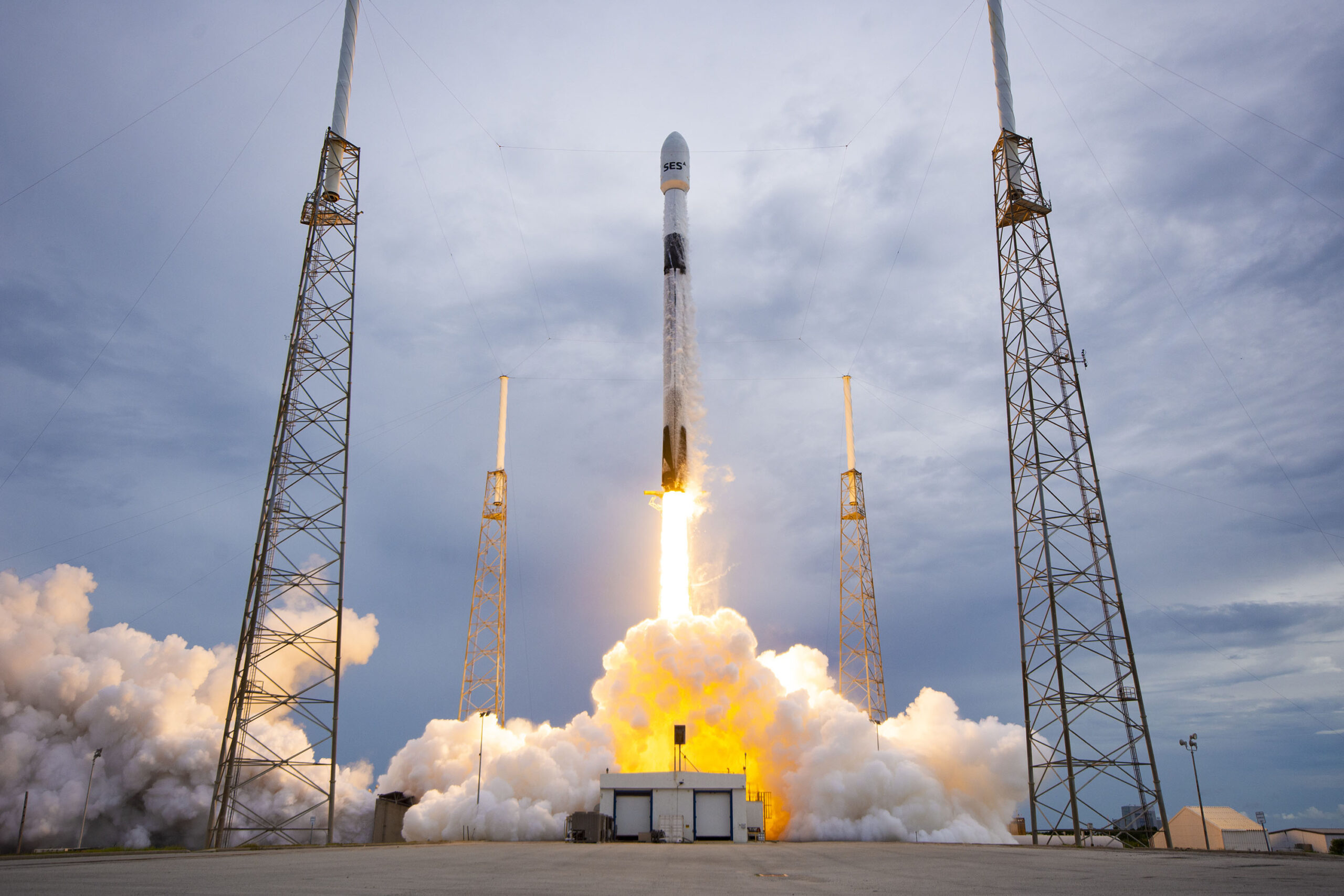
SES completes acquisition of DRS Global Enterprise Solutions for $450 million. DRS GES will be part of SES Government Solutions, based in Reston, Virginia. SES, headquartered in Luxembourg, operates a fleet of more than 70 geosynchronous and medium Earth orbit satellites.
Space Force to take on bigger role planning future DoD space investments
Original Publication Date: 2022-08-01 11:46
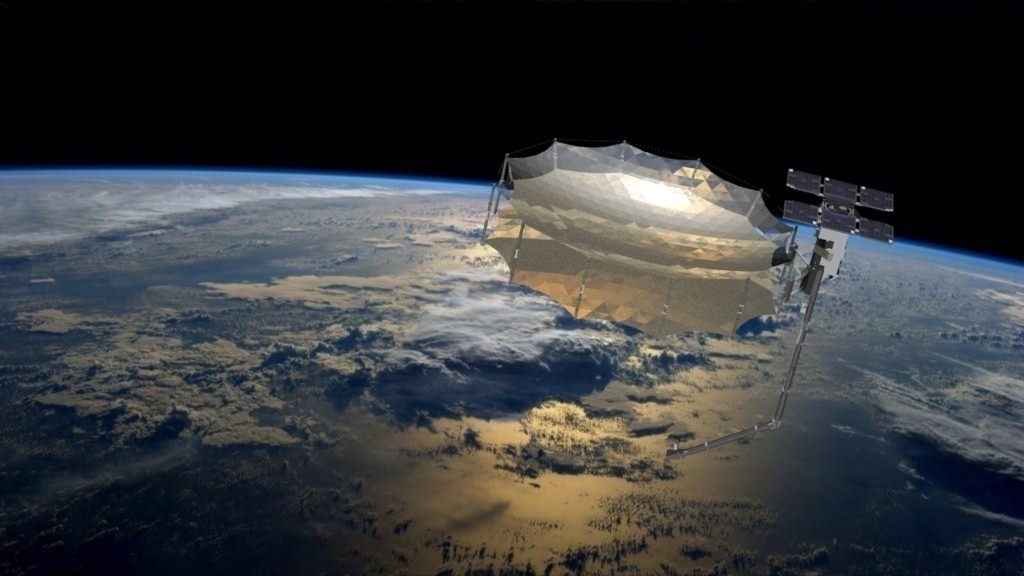
The Space Force will have to coordinate the wish lists of the Army, Navy, Marine Corps and Air Force. The bulk of those needs will come from the U.S. Army’s land forces. Army forces also have a growing appetite for new space services. The Army and the Navy last year agreed to hand over their communications satellites.
NASASpaceFlight.com
India launches its 55th Polar Satellite Launch Vehicle (PSLV) PSLV-C53 launched from the second launch pad at the Satish Dhawan Space Centre on June 30, 2022, at 18:00 IST (12:30 UTC) This launch was the second orbital launch for India in 2022.
Commercial Archives
Rocket Lab scrubbed the launch the 29th Electron mission on August 2 due to unacceptable ground winds. NROL-199 will launch later this week from Launch Complex-1B (LC-1B) at Rocket Lab’s launch facility in New Zealand.
International Archives
Russia launched a Soyuz-2.1v rocket today at 20:25 UTC from the Plesetsk Cosmodrome in Russia. The payload was the Kosmos-2558 satellite deployed into a Sun-Synchronous Orbit (SSO) The payload is a satellite by the Russian Defense Ministry, with an unknown purpose.
Chinese Long March 3B Launches APStar-6C Communications Satellite – Spaceflight101

China conducted a rare commercial launch of a Long March 3B rocket with the APStar-6C communications satellite. Long March 3B lifted off from the Xichang Satellite Launch Center at 16:06 UTC on a mission of under half an hour to lift the spacecraft into an elliptical Geostationary Transfer Orbit. Confirmation of launch success was provided by APT Satellite around 40 minutes after liftoff when the satellite had been separated into its target orbit.
Blue Origin’s New Shepard Reaches new Heights in latest Test Flight – Spaceflight101

Blue Origin returned to its West Texas testing grounds on Sunday for the eighth flight of its reusable New Shepard launch system. Sunday’s flight marked the second for this particular set of hardware, following up on the successful December 2017 mission that debuted “Crew Capsule 2.0” The mission was designed to expand the vehicle’s operational envelope by sending it to a peak altitude of 107 Kilometers, a new record for New Shepard.
News – Spaceflight101

Russia's Rockot booster is set to blast off from the Plesetsk Cosmodrome at 17:57 UTC with the Sentinel-3B multi-function satellite. Europe's Copernicus satellite fleet is gearing up for the arrival of its next addition on Wednesday with a Russian Rockot booster.
ISS Updates – Spaceflight101 – International Space Station

A veteran NASA spacewalker and an EVA rookie from Japan ended their week with nearly six hours of work outside the International Space Station. The restoration of the Station’s Mobile Servicing System started last year and continued in January to provide Canadarm2 with a new pair of grappling hands.
Featured – Spaceflight101

SpaceX Falcon 9 takes to the skies over Florida’s Cape Canaveral Monday afternoon. First of at least six cargo ships inbound to the U.S. Segment of ISS this year. Dragon spacecraft to deliver science gear, supplies and maintenance hardware to the orbiting laboratory.
Re-Entry: Long March 11 Rocket Body – Spaceflight101

The CZ-11 fourth stage used leftover propellant for a partial de-orbit maneuver, lowering its perigee to 120 Kilometers to significantly accelerate its orbital decay. The rocket lifted a cluster of five commercial Earth-imaging satellites into a 500-Kilometer orbit. Exact details on the fourth stage of China’s new Long March 11 launcher are not available.
Discovery Alert: Two New, Rocky Planets in the Solar Neighborhood
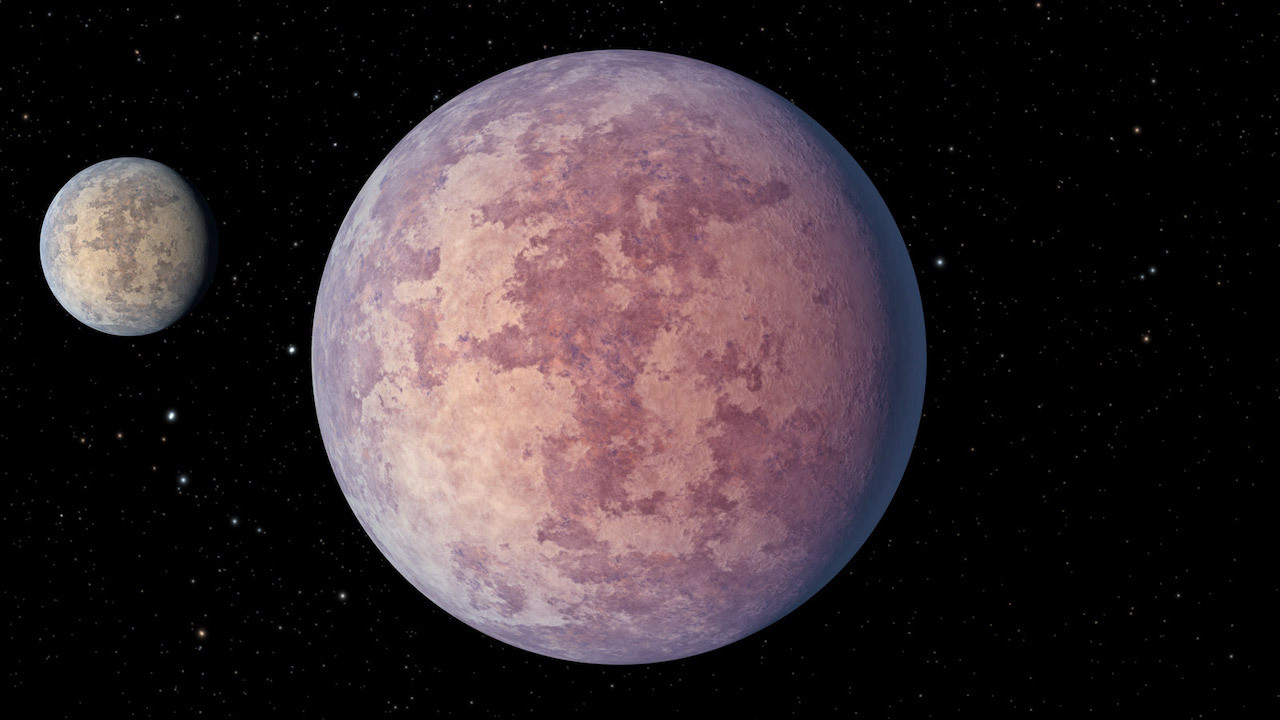
HD 260655 b and HD 260655 c are among the closest-known rocky planets yet found outside our solar system. The discovery comes at an ideal moment: the giant James Webb Space Telescope, soon to deliver its first science images, can examine the atmospheres of exoplanets. Learning more about the atmospheres of rocky planets will help scientists understand the formation and development of worlds like our own.
Observing Exoplanets: What Can We Really See?

Astronomers have captured an image of a planet orbiting b Centauri, a two-star system that can be seen with the naked eye. This is the hottest and most massive planet-hosting star system found to date, and the planet was spotted orbiting it at 100 times the distance Jupiter orbits the Sun. In December 2021, astronomers announced the discovery of b Cen AB b, an imaged planet that orbits two stars, each more massive than any other star known to host planets.
Discovery Alert: See the Image – 2 Planets Orbit a Sun-like Star

The planet: TYC 8998-760-1 c is the second to be directly imaged as it orbits a Sun-like star. The inner planet, b, is about 14 times the mass, or heft, of Jupiter, c about 6 times. The star is a baby version of our Sun, only 17 million years old.
Download our Exoplanet Coloring Pages and #ColorWithNASA

NASA studies exoplanets with telescopes on the ground and in space. These posters are now available as coloring pages for you to add your own creative vision to exoplanet art. Grab crayons, markers, paint or colored pencils and shade in the hues of rocky terrain, lava oceans, planetary systems and more.
New apps: 'NASA Selfies' and TRAPPIST-1 VR

The new NASA Selfies app lets you generate snapshots of yourself in a virtual spacesuit, posing in front of gorgeous cosmic locations. The new Exoplanet Excursions VR app gives users a guided tour of the TRAPPIST-1 planetary system, featuring artist impressions of the seven Earth-size planets therein.
New clues to compositions of TRAPPIST-1 planets
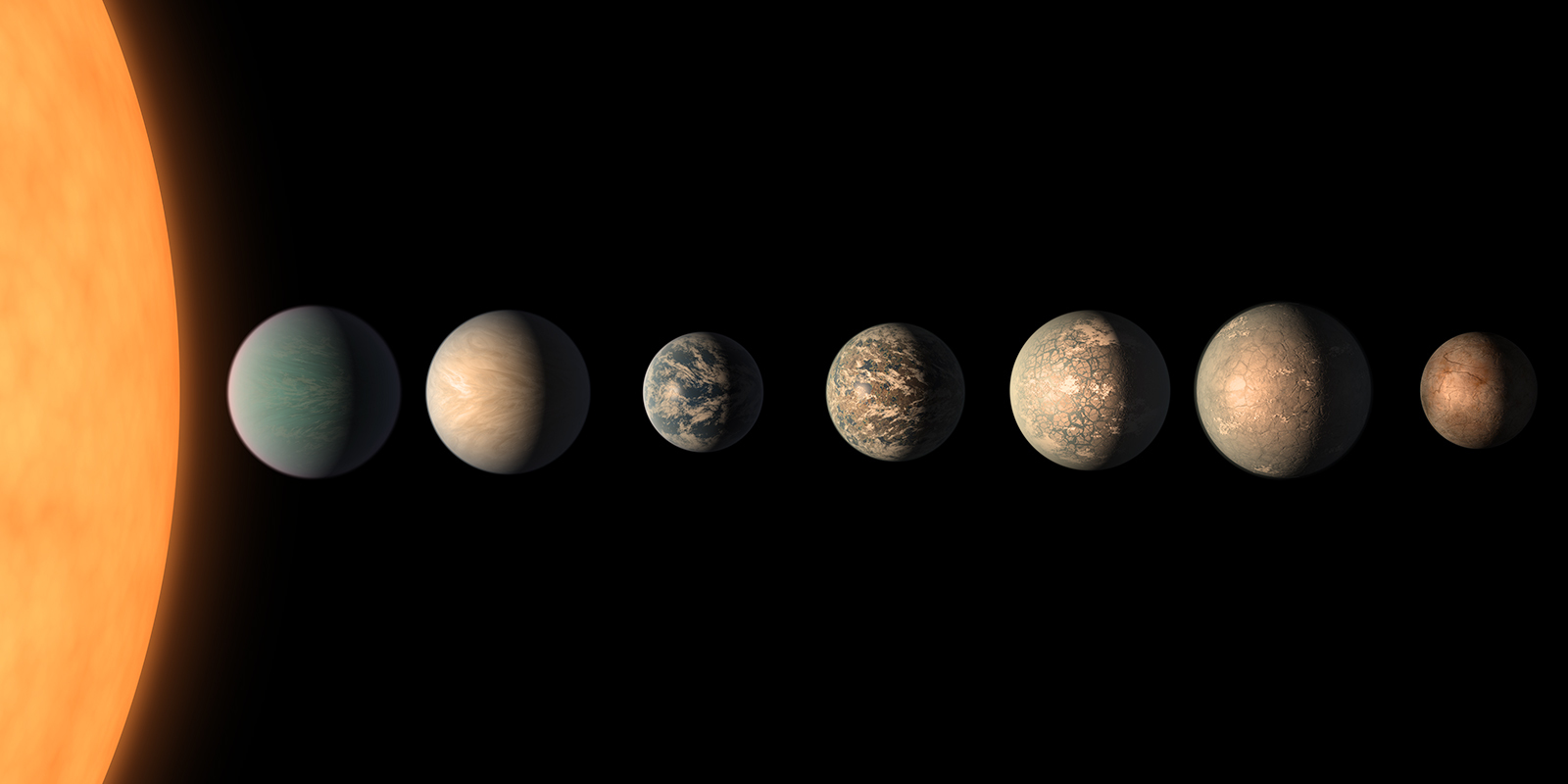
Seven Earth-size planets of TRAPPIST-1 are all mostly made of rock, with some having the potential to hold more water than Earth. The planets' densities, now known much more precisely than before, suggest that some planets could have up to 5 percent of their mass in water – which is 250 times more than the oceans on Earth. The form that water would take on these planets would depend on the amount of heat they receive from their star.
Can garnet planets be habitable?
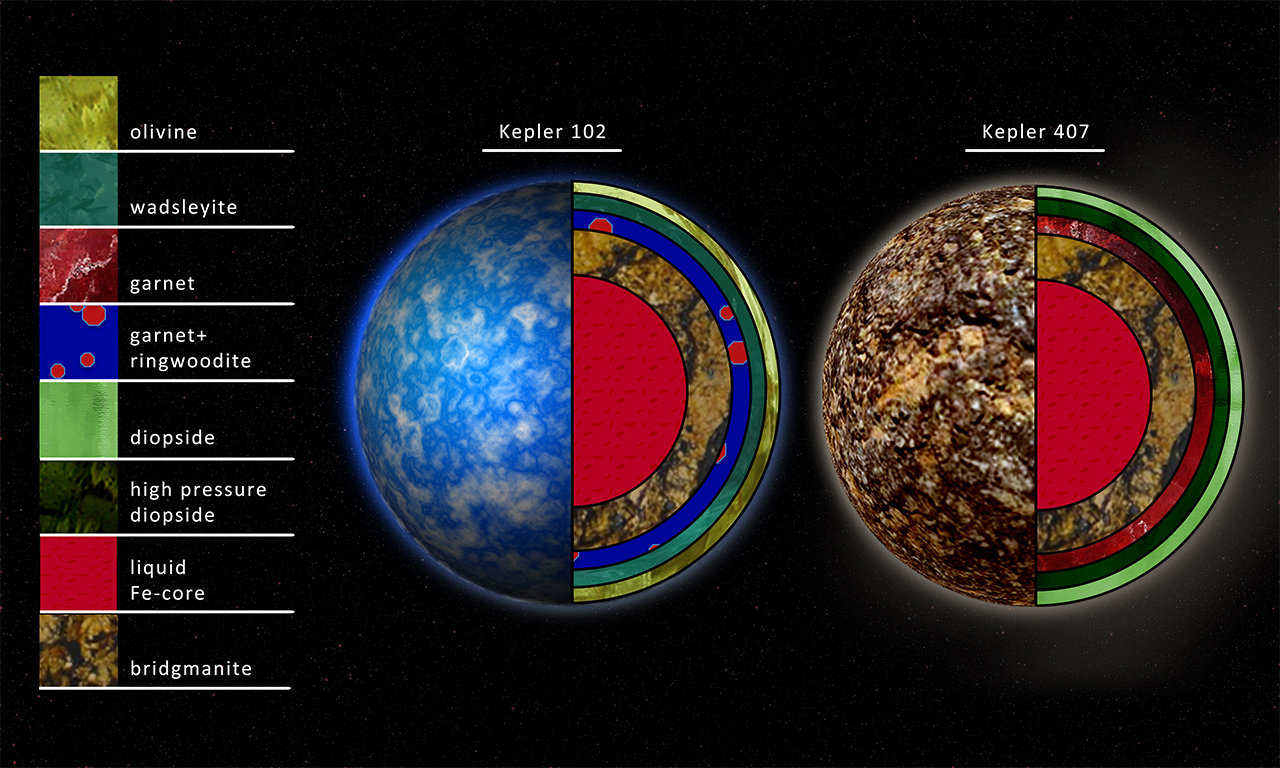
Astronomers in the Sloan Digital Sky Survey have made these observations using the APOGEE spectrograph on the 2.5m Sloan Foundation Telescope at Apache Point Observatory in New Mexico. Plate tectonics is believed to be essential for life on Earth, because of how volcanoes and ocean ridges recycle elements between Earth’s crust and mantle.
